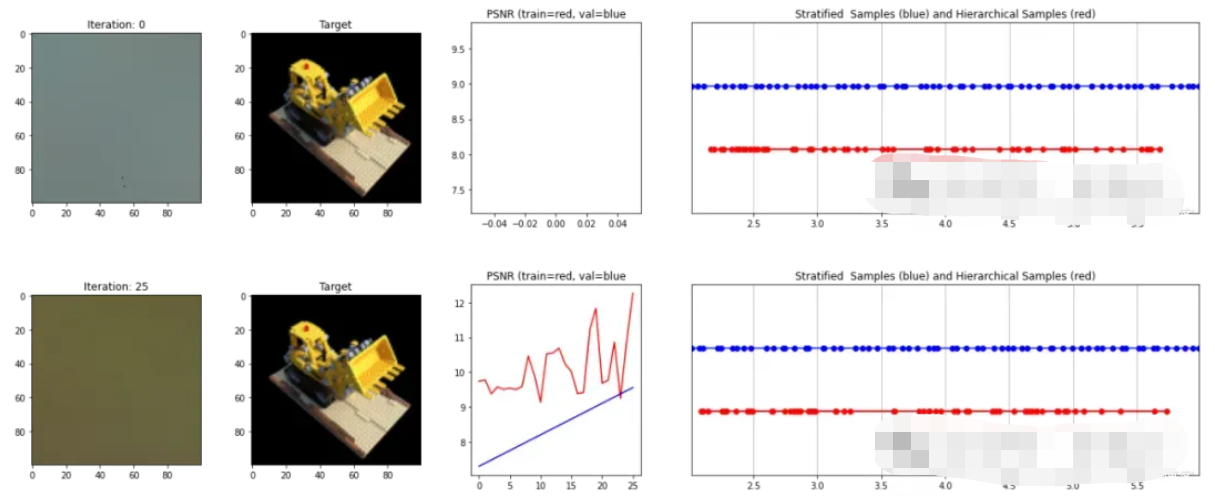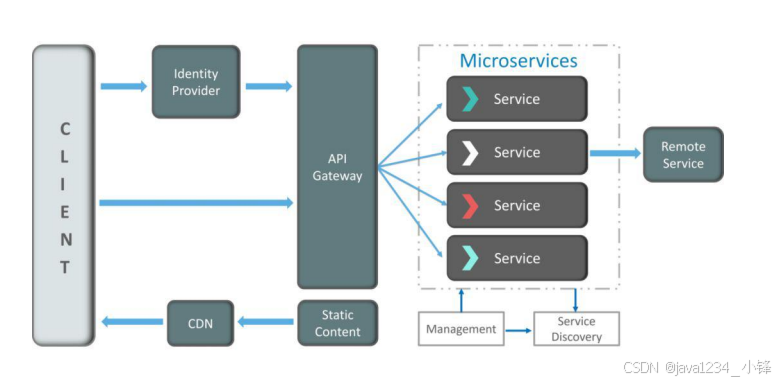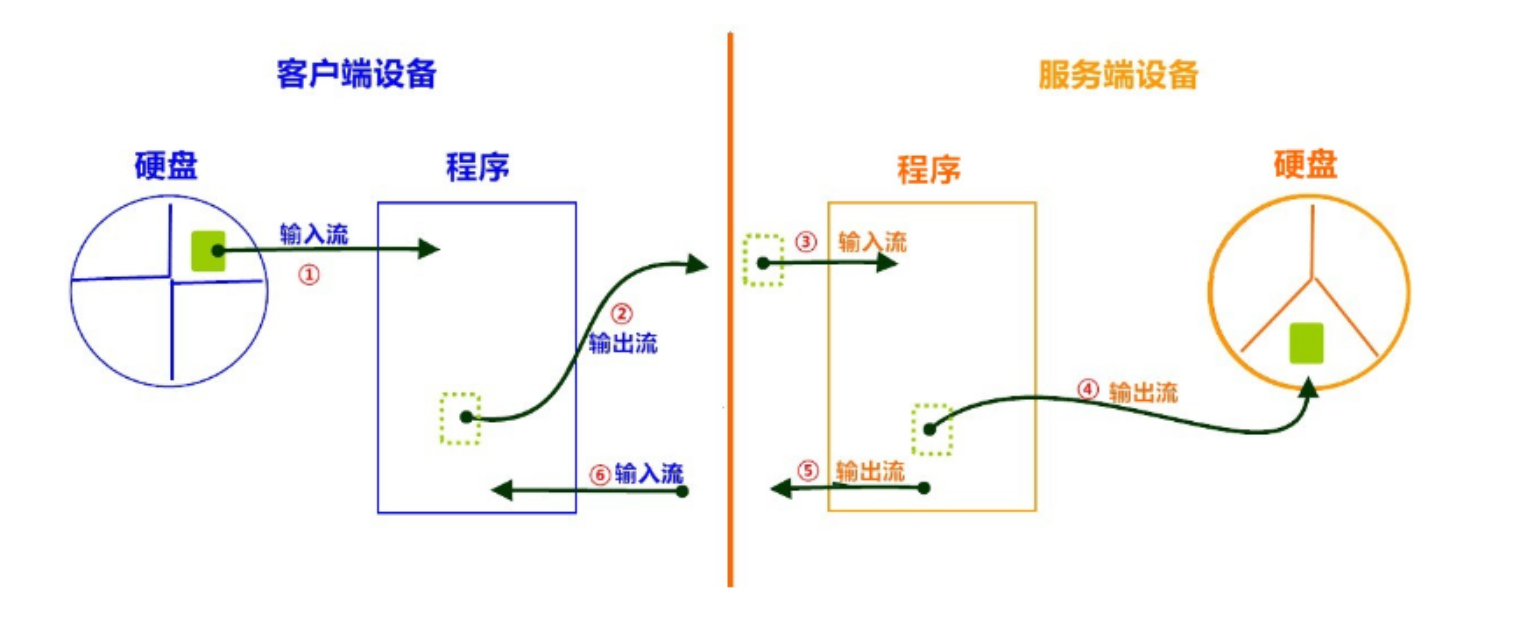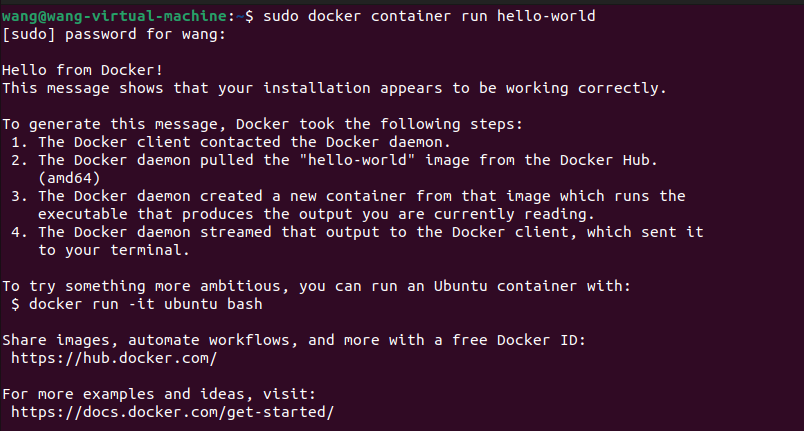目录
一.配置文件的方式
1.配置文件
2.业务层
3.持久层
4.测试类
5.运行
6.查看数据库
7.出现异常运行
二.半注解的方式
1.配置文件
2.db.properties
3.持久层
4.业务层
5.测试类
6.运行
7.查看数据库
8.加上异常
三.纯注解的方式
1.持久层
2.业务层
3.配置类
4.测试类
5.运行
6.查看数据库
7.加上异常
一.配置文件的方式
1.配置文件
<?xml version="1.0" encoding="UTF-8"?>
<beans xmlns="http://www.springframework.org/schema/beans"
xmlns:xsi="http://www.w3.org/2001/XMLSchema-instance"
xmlns:context="http://www.springframework.org/schema/context"
xmlns:aop="http://www.springframework.org/schema/aop"
xmlns:tx="http://www.springframework.org/schema/tx"
xsi:schemaLocation="http://www.springframework.org/schema/beans
http://www.springframework.org/schema/beans/spring-beans.xsd
http://www.springframework.org/schema/context
http://www.springframework.org/schema/context/spring-context.xsd
http://www.springframework.org/schema/aop
http://www.springframework.org/schema/aop/spring-aop.xsd
http://www.springframework.org/schema/tx
http://www.springframework.org/schema/tx/spring-tx.xsd
">
<!--第二种写法:使用提供标签的方式-->
<context:property-placeholder location="classpath:db.properties"></context:property-placeholder>
<!--加载属性的文件-->
<bean id="dataSource" class="com.alibaba.druid.pool.DruidDataSource">
<property name="driverClassName" value="${jdbc.driverClassName}"></property>
<property name="url" value="${jdbc.url}"></property>
<property name="username" value="${jdbc.username}"></property>
<property name="password" value="${jdbc.password}"></property>
</bean>
<!--配置平台事务管理器-->
<bean id="transactionManager" class="org.springframework.jdbc.datasource.DataSourceTransactionManager">
<property name="dataSource" ref="dataSource"></property>
</bean>
<!--配置事务的通知-->
<tx:advice id="txAdvice" transaction-manager="transactionManager">
<tx:attributes>
<tx:method name="pay" isolation="DEFAULT" propagation="REQUIRED"/>
<tx:method name="find" read-only="true"/>
</tx:attributes>
</tx:advice>
<!--配置AOP的增强-->
<aop:config>
<!--spring框架提供系统通知,是使用advisor标签-->
<aop:advisor advice-ref="txAdvice" pointcut="execution(* com.qcby.service.impl.AccountServiceImpl.pay(..))"/>
</aop:config>
<!--配置service-->
<bean id="accountService" class="com.qcby.service.impl.AccountServiceImpl">
<property name="accountDao" ref="accountDao"></property>
</bean>
<bean id="accountDao" class="com.qcby.dao.impl.AccountDaoImpl">
<property name="dataSource" ref="dataSource"></property>
</bean>
</beans>2.业务层
import com.qcby.dao.AccountDao;
import com.qcby.service.AccountService;
import org.springframework.beans.factory.annotation.Autowired;
import org.springframework.stereotype.Service;
import org.springframework.transaction.annotation.Isolation;
import org.springframework.transaction.annotation.Transactional;
public class AccountServiceImpl implements AccountService {
private AccountDao accountDao;
public void setAccountDao(AccountDao accountDao) {
this.accountDao = accountDao;
}
@Override
public void pay(String out, String in, double money) {
// 调用dao方法
accountDao.outMoney(out,money);
//异常
//int a=1/0;
accountDao.inMoney(in,money);
}
}3.持久层
import com.qcby.dao.AccountDao;
import org.springframework.jdbc.core.JdbcTemplate;
import org.springframework.jdbc.core.support.JdbcDaoSupport;
import javax.annotation.Resource;
public class AccountDaoImpl extends JdbcDaoSupport implements AccountDao {
@Override
public void outMoney(String out, double money) {
this.getJdbcTemplate().update("update account set money = money - ? where name = ?",money,out);
}
@Override
public void inMoney(String in, double money) {
this.getJdbcTemplate().update("update account set money = money + ? where name = ?",money,in);
}
}4.测试类
import com.qcby.service.AccountService;
import org.junit.Test;
import org.junit.runner.RunWith;
import org.springframework.beans.factory.annotation.Autowired;
import org.springframework.test.context.ContextConfiguration;
import org.springframework.test.context.junit4.SpringJUnit4ClassRunner;
@RunWith(SpringJUnit4ClassRunner.class)
@ContextConfiguration(value = "classpath:applicationContext.xml")
public class demo {
@Autowired
private AccountService accountService;
@Test
public void run(){
accountService.pay("李四","张三",100);
}
}5.运行

6.查看数据库
原来

现在

7.出现异常运行

查看数据库(数据没变)

二.半注解的方式
1.配置文件
<?xml version="1.0" encoding="UTF-8"?>
<beans xmlns="http://www.springframework.org/schema/beans"
xmlns:xsi="http://www.w3.org/2001/XMLSchema-instance"
xmlns:context="http://www.springframework.org/schema/context"
xmlns:aop="http://www.springframework.org/schema/aop"
xmlns:tx="http://www.springframework.org/schema/tx"
xsi:schemaLocation="http://www.springframework.org/schema/beans
http://www.springframework.org/schema/beans/spring-beans.xsd
http://www.springframework.org/schema/context
http://www.springframework.org/schema/context/spring-context.xsd
http://www.springframework.org/schema/aop
http://www.springframework.org/schema/aop/spring-aop.xsd
http://www.springframework.org/schema/tx
http://www.springframework.org/schema/tx/spring-tx.xsd
">
<context:component-scan base-package="com.qcby"></context:component-scan>
<!--第二种写法:使用提供标签的方式-->
<context:property-placeholder location="classpath:db.properties"></context:property-placeholder>
<!--加载属性的文件-->
<bean id="dataSource" class="com.alibaba.druid.pool.DruidDataSource">
<property name="driverClassName" value="${jdbc.driverClassName}"></property>
<property name="url" value="${jdbc.url}"></property>
<property name="username" value="${jdbc.username}"></property>
<property name="password" value="${jdbc.password}"></property>
</bean>
<!--配置事务平台管理器-->
<bean id="transactionManager" class="org.springframework.jdbc.datasource.DataSourceTransactionManager">
<property name="dataSource" ref="dataSource"></property>
</bean>
<!--配置JDBC模板类-->
<bean id="jdbcTemplate" class="org.springframework.jdbc.core.JdbcTemplate">
<property name="dataSource" ref="dataSource"></property>
</bean>
<!--开启事务注解的支持-->
<tx:annotation-driven transaction-manager="transactionManager"></tx:annotation-driven>
</beans>2.db.properties
jdbc.driverClassName=com.mysql.jdbc.Driver
jdbc.url=jdbc:mysql:///spring_db
jdbc.username=root
jdbc.password=20203.持久层
import com.qcby.dao.AccountDao;
import com.qcby.service.AccountService;
import org.springframework.beans.factory.annotation.Autowired;
import org.springframework.stereotype.Component;
import org.springframework.stereotype.Service;
import org.springframework.transaction.annotation.Isolation;
import org.springframework.transaction.annotation.Transactional;
@Service
@Transactional(isolation = Isolation.DEFAULT)
public class AccountServiceImpl implements AccountService {
@Autowired
private AccountDao accountDao;
@Override
public void pay(String out, String in, double money) {
accountDao.outMoney(out,money);
//模拟异常
//int a=1/0;
accountDao.inMoney(in, money);
}
}4.业务层
import com.qcby.dao.AccountDao;
import org.springframework.beans.factory.annotation.Autowired;
import org.springframework.jdbc.core.JdbcTemplate;
import org.springframework.stereotype.Repository;
@Repository
public class AccountDaoImpl implements AccountDao {
@Autowired
private JdbcTemplate jdbcTemplate;
@Override
public void outMoney(String out, double money) {
jdbcTemplate.update("update account set money = money - ? where name = ?",money,out);
}
@Override
public void inMoney(String in, double money) {
jdbcTemplate.update("update account set money = money + ? where name = ?",money,in);
}
}5.测试类
import com.qcby.service.AccountService;
import org.junit.Test;
import org.junit.runner.RunWith;
import org.springframework.beans.factory.annotation.Autowired;
import org.springframework.test.context.ContextConfiguration;
import org.springframework.test.context.junit4.SpringJUnit4ClassRunner;
@RunWith(SpringJUnit4ClassRunner.class)
@ContextConfiguration("classpath:applicationContext.xml")
public class demo {
@Autowired
private AccountService accountService;
@Test
public void run(){
accountService.pay("张三","李四",100);
}
}6.运行

7.查看数据库
原来是600 300

8.加上异常

查看数据库

三.纯注解的方式
1.持久层
import com.qcby.dao.AccountDao;
import com.qcby.service.AccountService;
import org.springframework.beans.factory.annotation.Autowired;
import org.springframework.stereotype.Component;
import org.springframework.stereotype.Service;
import org.springframework.transaction.annotation.Isolation;
import org.springframework.transaction.annotation.Transactional;
@Service
@Transactional(isolation = Isolation.DEFAULT)
public class AccountServiceImpl implements AccountService {
@Autowired
private AccountDao accountDao;
@Override
public void pay(String out, String in, double money) {
accountDao.outMoney(out,money);
//模拟异常
//int a=1/0;
accountDao.inMoney(in, money);
}
}2.业务层
import com.qcby.dao.AccountDao;
import org.springframework.beans.factory.annotation.Autowired;
import org.springframework.jdbc.core.JdbcTemplate;
import org.springframework.stereotype.Repository;
@Repository
public class AccountDaoImpl implements AccountDao {
@Autowired
private JdbcTemplate jdbcTemplate;
@Override
public void outMoney(String out, double money) {
jdbcTemplate.update("update account set money = money - ? where name = ?",money,out);
}
@Override
public void inMoney(String in, double money) {
jdbcTemplate.update("update account set money = money + ? where name = ?",money,in);
}
}3.配置类
import org.springframework.context.annotation.Bean;
import org.springframework.context.annotation.ComponentScan;
import org.springframework.context.annotation.Configuration;
import org.springframework.jdbc.core.JdbcTemplate;
import org.springframework.jdbc.datasource.DataSourceTransactionManager;
import org.springframework.jdbc.datasource.DriverManagerDataSource;
import org.springframework.transaction.PlatformTransactionManager;
import org.springframework.transaction.annotation.EnableTransactionManagement;
import javax.annotation.Resource;
import javax.sql.DataSource;
@Configuration
@ComponentScan("com.qcby")
@EnableTransactionManagement
public class SpringConfig {
@Bean
public DataSource createDataSource(){
DriverManagerDataSource dataSource=new DriverManagerDataSource();
dataSource.setDriverClassName("com.mysql.jdbc.Driver");
dataSource.setUrl("jdbc:mysql:///spring_db");
dataSource.setUsername("root");
dataSource.setPassword("2020");
return dataSource;
}
@Resource(name = "dataSource")
@Bean(name = "jdbcTemplate")
public JdbcTemplate createJdbcTemplate(DataSource dataSource) {
JdbcTemplate jdbcTemplate = new JdbcTemplate();
jdbcTemplate.setDataSource(dataSource);
return jdbcTemplate;
}
@Resource(name = "dataSource")
@Bean(name = "transactionManager")
public PlatformTransactionManager createTransactionManager(DataSource dataSource){
DataSourceTransactionManager manager = new DataSourceTransactionManager(dataSource);
return manager;
}
}4.测试类
import com.qcby.config.SpringConfig;
import com.qcby.service.AccountService;
import org.junit.Test;
import org.junit.runner.RunWith;
import org.springframework.beans.factory.annotation.Autowired;
import org.springframework.test.context.ContextConfiguration;
import org.springframework.test.context.junit4.SpringJUnit4ClassRunner;
@RunWith(SpringJUnit4ClassRunner.class)
@ContextConfiguration(classes = {SpringConfig.class})
public class demo2 {
@Autowired
private AccountService accountService;
@Test
public void run(){
accountService.pay("bbb","aaa",100);
}
}5.运行

6.查看数据库
原来

现在

7.加上异常

查看数据库(数据没变)




















